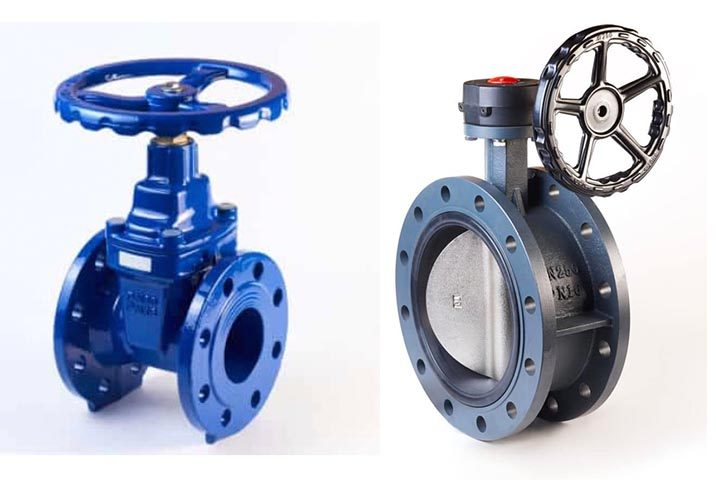Cost-Saving Advantages of Electric Actuators Over Pneumatic Systems
Have you ever wondered why many industries are shifting from pneumatic systems to electric actuators? The change is not just about technology advancement but also about long-term savings, efficiency, and sustainability. Electric actuator have become a preferred choice in various applications, from manufacturing to water treatment, because they offer cost advantages that go beyond the purchase price. Understanding these benefits can help businesses make smarter decisions and reduce operational expenses without compromising performance or safety.
Pneumatic systems require constant air compression, which uses a significant amount of energy even when the system is not actively moving.Over time, this reduced energy usage translates into noticeable savings on utility bills. To keep them safe and reliable, regular electrical inspections and proper insulation are important to prevent malfunctions.
Pneumatic systems often have multiple moving parts such as valves, compressors, and hoses that can wear out over time and require frequent servicing. Electric actuators, on the other hand, have fewer mechanical components, which means less wear and tear and longer intervals between maintenance. For safe operation, routine lubrication of moving parts and periodic system checks are recommended.
Installation costs are also generally lower for electric actuators compared to pneumatic systems. Pneumatics need extensive piping, air compressors, and other infrastructure that can be expensive and time-consuming to set up. Electric actuators require simpler wiring and control systems, making installation quicker and more affordable. Ensuring safe installation involves following manufacturer guidelines, using proper grounding, and securing all electrical connections.
Precision and control also contribute to long-term cost savings. Electric actuators offer precise position control and repeatability, which reduces errors and waste in production processes. With pneumatics, maintaining such accuracy can be challenging and may require additional equipment. For safe operation, using built-in limit switches and overload protection can help prevent accidental damage.
The elimination of compressed air leakage is another cost advantage. Pneumatic systems are prone to air leaks, which can significantly increase energy costs over time. Even small leaks in fittings or hoses lead to energy waste, as compressors work harder to maintain pressure. Electric actuators do not rely on air pressure, so this loss is entirely avoided. Safety can be ensured by using protective covers for moving components and keeping the actuator clean from dust or debris.
Space savings also play a role in lowering costs. Electric actuators are typically more compact than pneumatic setups, which require space for compressors, air tanks, and piping. This compactness allows for better use of available floor space and may even eliminate the need for costly facility expansions. For safe use, actuators should be mounted securely to avoid vibrations or misalignment during operation.
Another hidden cost advantage is the reduced need for consumables. Pneumatic systems often require lubricants and filtration elements to keep air clean and parts functioning properly. These consumables add up in cost over time. Electric actuators operate without the need for compressed air, so there are no recurring expenses for air filters, lubricators, or dryers. To maintain safety, ensuring that all electrical components are kept dry and free from corrosion is essential.
Electric actuators also adapt more easily to automation and smart control systems, which can further optimize performance and reduce costs. They integrate well with modern control technologies like PLCs and IoT-based monitoring, allowing operators to make real-time adjustments and predictive maintenance decisions. For safe integration, cybersecurity measures should be implemented to protect control systems from unauthorized access.
Finally, electric actuators contribute to environmental sustainability, which can indirectly lead to cost benefits through tax incentives or compliance with green regulations. Lower energy use, reduced noise pollution, and elimination of air leaks all support eco-friendly operations. Safe and responsible disposal of old electrical components ensures that environmental benefits are fully realized without creating new hazards.
In conclusion, electric actuators offer multiple cost-saving advantages over pneumatic systems, including reduced energy consumption, lower maintenance needs, simpler installation, improved precision, and better adaptability to automation. By also implementing proper safety practices such as regular inspections, protective covers, and secure installations, industries can enjoy these benefits while ensuring reliable and hazard-free operation. Over time, the shift to electric actuators proves to be not just a smart technological choice but also a sound financial investment.




Electric actuators offer significant cost-saving advantages over pneumatic systems by reducing energy consumption, maintenance needs, and operational downtime. Their precision and efficiency make them ideal for modern industries. Freture Techno Pvt. Ltd. provides advanced actuator solutions that enhance performance while lowering long-term costs for critical industrial applications.
ReplyDeleteValve Automation Actuator